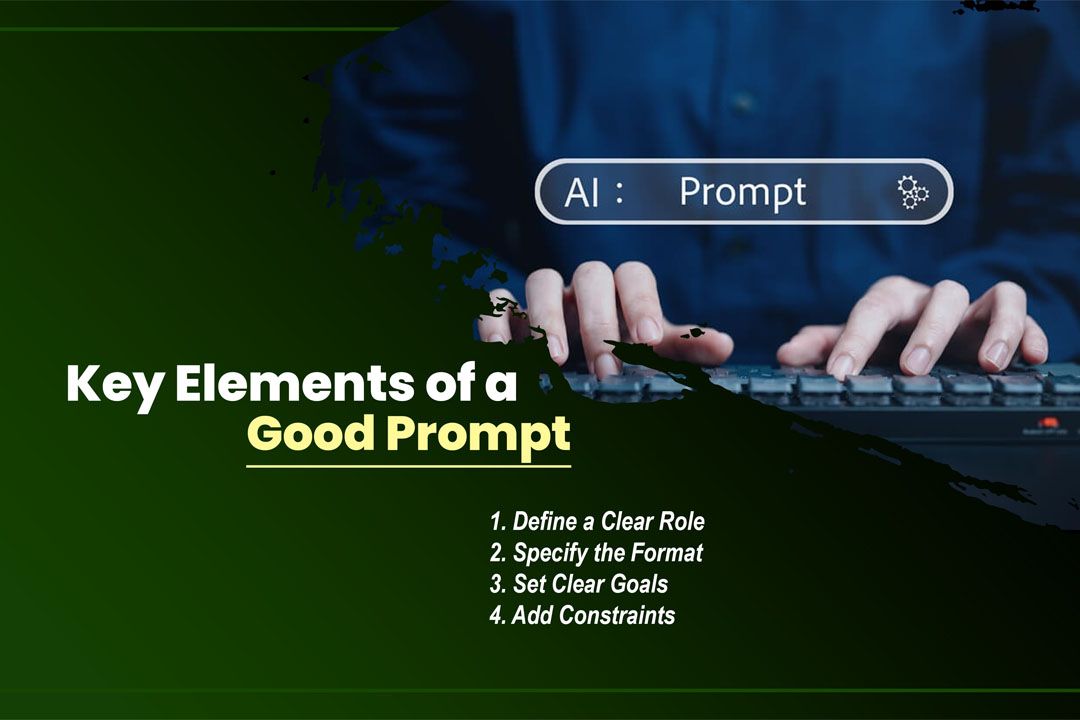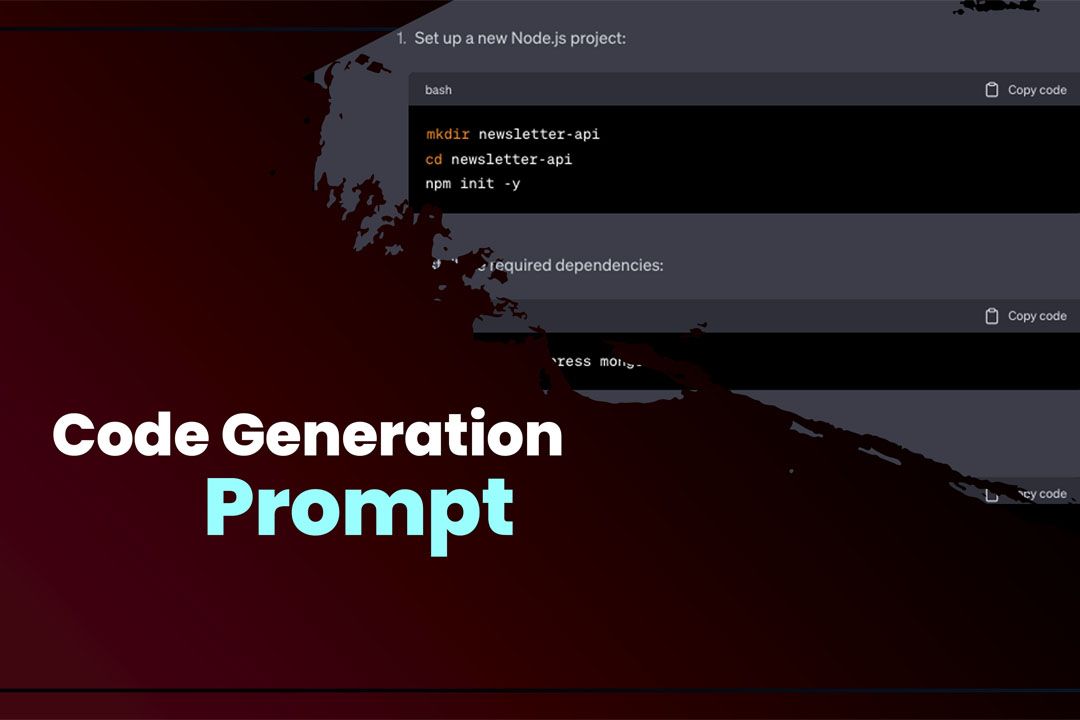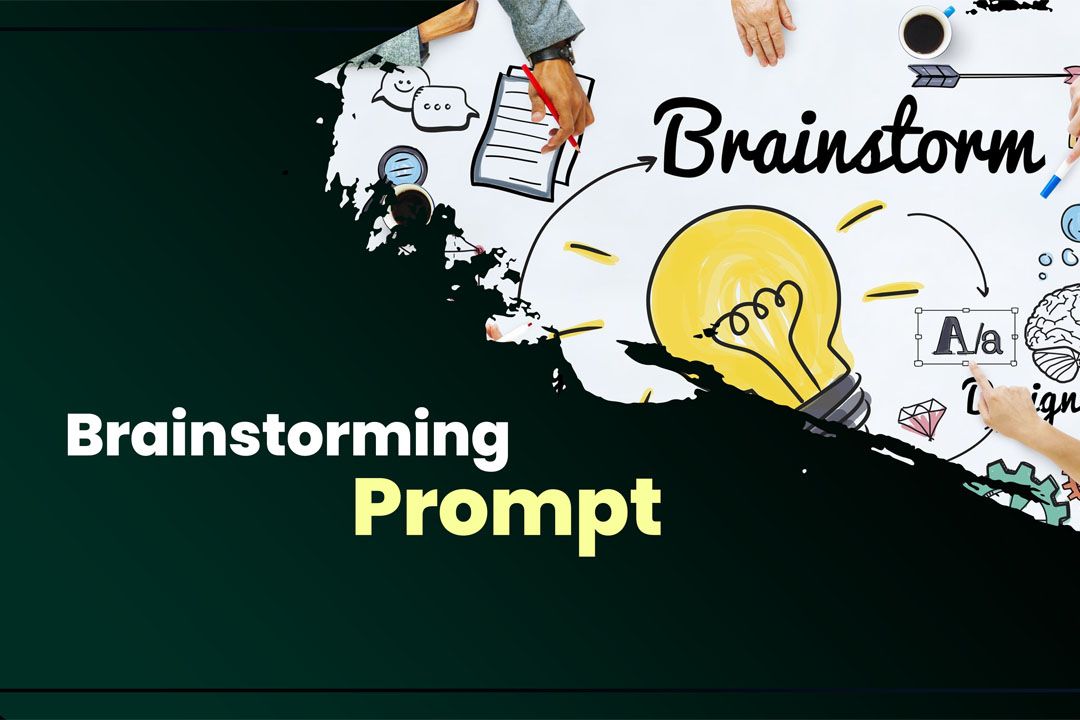By Sara Delgado - Senior Editor | Last updated: July 16, 2025 | 7 Min Read

Want better, more accurate responses from AI tools like ChatGPT or Claude? It’s not just about the AI—it’s about how you talk to it. That’s where prompt engineering comes in. Knowing how to write clear, structured, and goal-oriented prompts can dramatically boost your AI’s performance.
This prompt engineering cheat sheet is your go-to guide to crafting high-impact prompts that drive results. Whether you're a student, developer, content creator, or entrepreneur, these proven prompt strategies will help you unlock smarter, faster AI outcomes in 2025.
Prompt engineering is the art of designing precise and effective input instructions to guide AI models like GPT-4, Claude, and Gemini to produce accurate and useful results.
By using prompt templates, constraints, role assignments, and other methods, you can improve AI response quality, reduce errors, and tailor outputs to your specific needs. This cheat sheet will show you how.

Before diving into templates and tips, it’s important to understand the basic anatomy of a high-performing AI prompt. Here are the foundational techniques used in prompt optimization:
Tell the AI who it should act as for better alignment.
Outline how the output should be structured (list, paragraph, JSON, etc.).
Tell the AI what the response should achieve.
Give word count limits, tone instructions, or time-based filters.
These prompt templates are versatile, time-tested, and optimized for platforms like ChatGPT, Claude, and Gemini. Whether you’re generating content, solving problems, or writing code, using the right structure is key. These templates can dramatically improve your results and reduce the need for multiple revisions.

Use this structure to get logical, step-by-step advice from AI on a variety of challenges. Great for decision-making, planning, and troubleshooting.
Prompt Template:
"Act as a [role]. I’m facing [describe the problem]. What are the steps I should take?"
Example:
"Act as a business strategist. I’m struggling to retain customers in my subscription app. What are the steps I should take?"
Best for: Business decisions, technical issues, personal dilemmas, and strategic planning.
Perfect for generating high-quality written content with the right style, format, and tone. You can customize this for blogs, social media, product descriptions, and more.
Prompt Template:
"Write a [type of content] on [topic] for [audience]. Use [tone] and include [key elements]."
Example:
"Write a product description on a smart home security camera for tech-savvy homeowners. Use a persuasive tone and include benefits and a call to action."
Best for: Bloggers, marketers, content creators, and agencies looking to scale content output.
Transform AI into your personal tutor. This prompt is perfect for breaking down complex topics into understandable pieces, especially when you're entering a new field.
Prompt Template:
"Explain [topic] in simple terms for a beginner. Include examples and analogies."
Example:
"Explain how blockchain works in simple terms for a beginner. Include analogies and basic examples."
Best for: Students, hobby learners, and professionals learning new skills like AI, SEO, or finance.

This is ideal for developers who want clean, direct code without filler. Specify the language, function goal, and desired output format.
Prompt Template:
"You are a [programming role]. Write a [language] function that [goal]. Return only the code."
Example:
"You are a Python developer. Write a function that filters a list of email addresses and returns only valid ones."
Best for: Developers, engineers, and product teams using AI for rapid prototyping or bug fixing.
Use this to get a constructive AI review on anything you've written, designed, or coded. Works well when you're unsure what needs fixing.
Prompt Template:
"Review this [text/design/code] and suggest improvements. Focus on [clarity, tone, logic, etc.]."
Example:
"Review this blog intro and suggest improvements. Focus on engagement and clarity."
Best for: Writers, UX/UI designers, developers, and marketers refining their output.

Are you stuck for ideas? This prompt sparks creativity and helps you generate unique angles, names, or solutions quickly.
Prompt Template:
"Give me [number] creative ideas for [topic]. Make them suitable for [audience or use case]."
Example:
"Give me 10 creative blog post ideas about AI in education for high school teachers."
Best for: Entrepreneurs, marketers, students, and creators needing fresh ideas fast.
Useful for simulating conversations, preparing for interviews, or testing real-world interactions with AI acting in a specific role.
Prompt Template:
"Act as a [role] and have a conversation with me about [topic]. Respond as that role would."
Example:
"Act as a hiring manager interviewing me for a product manager position. Ask me relevant questions."
Best for: Job seekers, trainers, and coaches using AI for practice scenarios.
Beyond using templates, mastering prompt engineering requires experimentation and continuous tweaking. These expert tips will help you consistently get better results.
Always refine your prompt until the response matches your goals.
Few-shot prompting helps AI understand what you expect.
Break complex tasks into multiple smaller prompts.
Adjusting the model’s temperature setting helps control randomness.
Guide the model logically for clearer reasoning.
Prompt engineering is no longer optional—it’s a superpower in the AI age. With this prompt engineering cheat sheet, you now have a solid foundation to craft better, clearer, and more result-driven prompts. Whether you're generating content, solving problems, or building apps, these tactics can help you unlock the full potential of tools like ChatGPT and other AI platforms.
Start experimenting with structured prompt frameworks today, and elevate your productivity and creativity in 2025.
Prompt engineering is the process of crafting precise instructions to guide AI models like ChatGPT to generate better results.
It helps improve the relevance, accuracy, and quality of AI outputs—especially in business, education, and content creation.
Yes, most prompt engineering techniques rely on how you phrase text, not on programming.
ChatGPT, Notion AI, Jasper, and Promptable are popular tools that support effective prompting.
While core strategies are similar, some AI models respond better to specific styles—experiment to see what works best.
While core strategies are similar, some AI models respons better to specific styles-experiment to see what works best
Get the latest updates from the world of science and technology delivered straight to your inbox.

Sara Delgado is a freelance writer, editor, and translator specializing in culture and fashion content with experience across digital, print, and social media based in Madrid, Spain. She was previously the online editor of Schön! Magazine and is now a contributing editor-at-large at Teen Vogue. She has written for Dazed, The Recording Academy, NME, Nylon, BRICK, and many more.
Subscribe to our newsletter to get the latest updates directly in your inbox.

Explore how generative AI product prototype tools speed up and enhance design workflows. Discover top benefits for modern creators.

June 22, 2025
Compare Coursera, Udemy, and LinkedIn Learning to find the right online learning platform. Discover their core features, strengths, and differences.
15/07/2025
Discover how to prepare for blockchain developer jobs with essential skills and tools. Master key technologies and boost your career potential today.
15/07/2025
Discover how cloud computing in the healthcare industry is transforming patient care, data management, and operational efficiency in 2025.
16/07/2025
Discover how to start using Python for data analysis with this beginner’s guide. Learn the essential tools, libraries, and steps to analyze data effectively.
17/07/2025